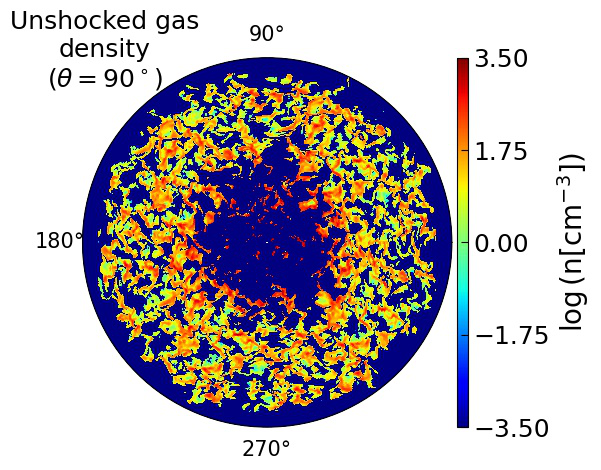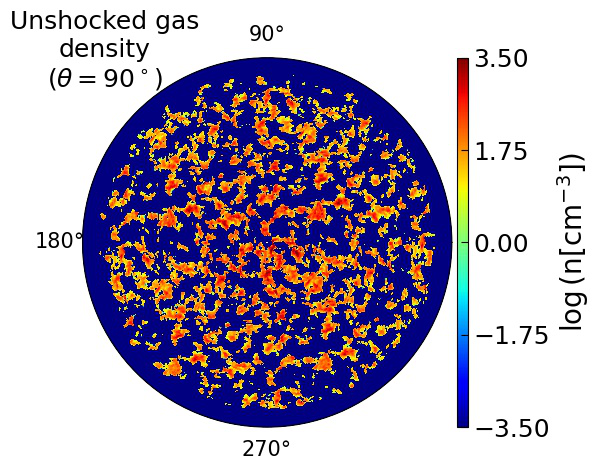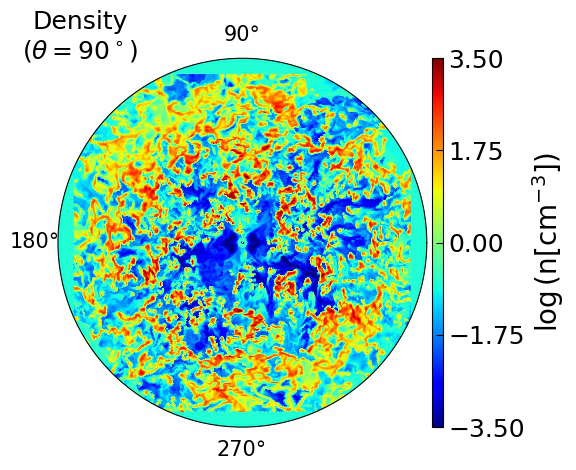Achievements & Publications
Modelling observable signatures of jet-ISM interaction: thermal emission and gas kinematics
Meenakshi, Moun, Mukherjee, Dipanjan, Wagner, Alexander Y., Nesvadba, Nicole P.~H., Bicknell, Geoffrey V., Morganti, Raffaella, Janssen, Reinier M.~J., Sutherland, Ralph S., & Mandal, Ankush
Abstract
Relativistic jets are believed to have a substantial impact on the gas dynamics and evolution of the interstellar medium (ISM) of their host galaxies. In this paper, we aim to draw a link between the simulations and the observable signatures of jet-ISM interactions by analyzing the emission morphology and gas kinematics resulting from jet-induced shocks in simulated disc and spherical systems. We find that the jet-induced laterally expanding forward shock of the energy bubble sweeping through the ISM causes large-scale outflows, creating shocked emission and high-velocity dispersion in the entire nuclear regions (~2 kpcs) of their hosts. The jetted systems exhibit larger velocity widths (>800 km s-1), broader Position-Velocity maps and distorted symmetry in the disc’s projected velocities than systems without a jet. We also investigate the above quantities at different inclination angles of the observer with respect to the galaxy. Jets inclined to the gas disc of its host are found to be confined for longer times, and consequently couple more strongly with the disc gas. This results in prominent shocked emission and high-velocity widths, not only along the jet’s path, but also in the regions perpendicular to them. Strong interaction of the jet with a gas disc can also distort its morphology. However, after the jets escape their initial confinement, the jet-disc coupling is weakened, thereby lowering the shocked emission and velocity widths.






 和 英
和 英